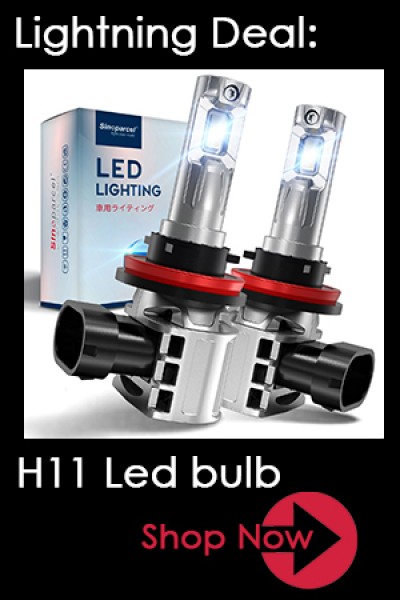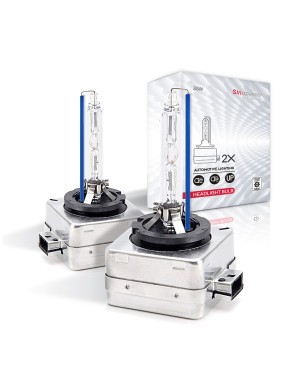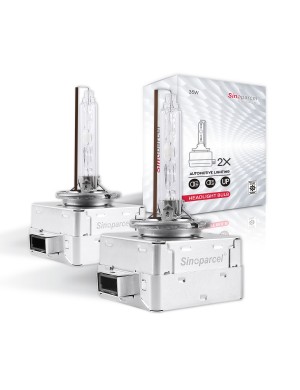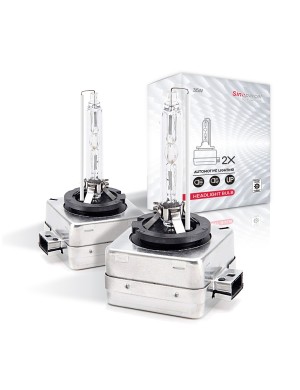
A headlamp is a lamp attached to the front of a vehicle to light the road ahead. In general, headlamps are also called headlights.
The earliest lighting system used candles as the most common type of fuel,which is unsuitable and unstable for drive at night. The first electric headlights were came out in 1898 from the Electric Vehicle Company of Hartford. But It was not used widely because of its deficiency.In 1912 Cadillac integrated their vehicle's Delco electrical ignition and lighting system, forming the modern vehicle electrical system. In 1983, granting a 1981 petition from Ford Motor Company, the US headlamp regulations were amended to allow replaceable-bulb, nonstandard-shape, architectural headlamps with aerodynamic lenses.
Complex-reflector technology in combination with new bulb designs such as H13/9008 is enabling the creation of European-type low and high beam patterns without the use of a Graves Shield, while the 1992 US approval of the H4/9003 bulb has made traditionally European 60% / 40% optical area divisions for low and high beam common in the US. Therefore, the difference in active optical area and overall beam light content no longer necessarily exists between US and ECE beams. Dual-beam HID headlamps employing reflector technology have been made using adaptations of both techniques.
Headlamps are generally required to produce white light, according to both ECE and SAE standards. ECE Regulation 48 currently requires new vehicles to be equipped with headlamps emitting white light. Different headlamp technologies produce different characteristic types of white light; the white specification is quite large and permits a wide range of apparent colour from warm white (with a brown-orange-amber-yellow cast) to cold white (with a blue-violet cast).
Tungsten-halogen technology (also called "quartz-halogen", "quartz-iodine", "iodine cycle", etc.) increases the effective luminous efficacy of a tungsten filament.A further development of the tungsten-halogen bulb has a dichroic coating that passes visible light and reflects infrared radiation. The glass in such a bulb may be spherical or tubular. The reflected infrared radiation strikes the filament located at the center of the glass envelope, heating the filament to a greater degree than can be achieved through resistive heating alone. The super heated filament emits more light without an increase in power consumption.
High-intensity discharge lamps (HID) produce light with an electric arc rather than a glowing filament. The light from HID headlamps can exhibit a distinct bluish tint when compared with tungsten-filament headlamps.The average service life of an HID lamp is 2000 hours, compared to between 450 and 1000 hours for a halogen lamp.
Automotive headlamp applications using light-emitting diodes (LEDs) have been undergoing very active development since 2004. Before LEDs, all light sources used in headlamps (tungsten, halogen, HID) emitted infrared energy that can thaw built-up snow and ice off a headlamp lens and prevent further accumulation. LEDs do not. Some LED headlamps move heat from the heat sink on the back of the LEDs to the inner face of the front lens to warm it up, while on others no provision is made for lens thawing.
Quote from Wikipedia














2 Comment(s)
I must say, I like the led headlight bulb.
fit good
thank you for your knowledge of the automotive lighting system.
Leave a Comment